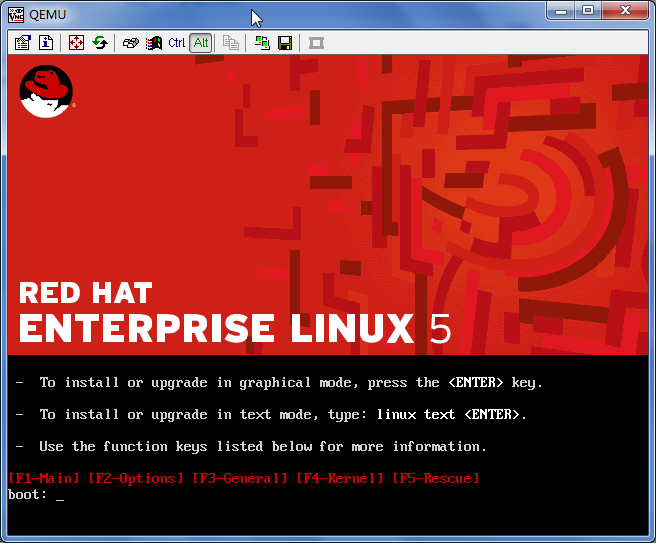

Determine whether the prebuilt Azure Marketplace offer is a good starting pointįirst, decide that Azure Red Hat OpenShift (ARO) is the appropriate deployment target. To understand the differences between JBoss EAP and JBoss EAP for OpenShift, see Comparison: JBoss EAP and JBoss EAP for OpenShift. In this case, continue with Migrate JBoss EAP applications to JBoss EAP on Azure Red Hat OpenShift. If you can tolerate converting your application to run within Red Hat OpenShift to reduce runtime cost, consider an ARO-based migration. In this case, see Migrate JBoss EAP applications to JBoss EAP on Azure VMs. If minimizing change is the most important factor for your migration effort, consider a VM-based migration. ARO delivers a consistent experience across public cloud, on-premises, hybrid cloud, or edge architecture. Red Hat OpenShift brings together tested and trusted services to reduce the friction of developing, modernizing, deploying, running, and managing applications. Selecting VMs allows you to defer modernization.

The administrative and deployment experience for virtual machines is analogous to what you have on-premises. The VM target is the easiest choice, because it most closely resembles an on-premises deployment. JBoss EAP runs well on Azure virtual machines (VMs) or Azure Red Hat OpenShift (ARO). The first step in a successful migration of a JBoss EAP application to Azure is selecting the most appropriate migration target. Ensure that the target is the appropriate target for your migration effort To ensure a successful migration, before you start, complete the assessment and inventory steps described in the following sections. This guide describes what you should be aware of when you want to migrate an existing JBoss EAP application to run on Azure Red Hat OpenShift (ARO).


 0 kommentar(er)
0 kommentar(er)
